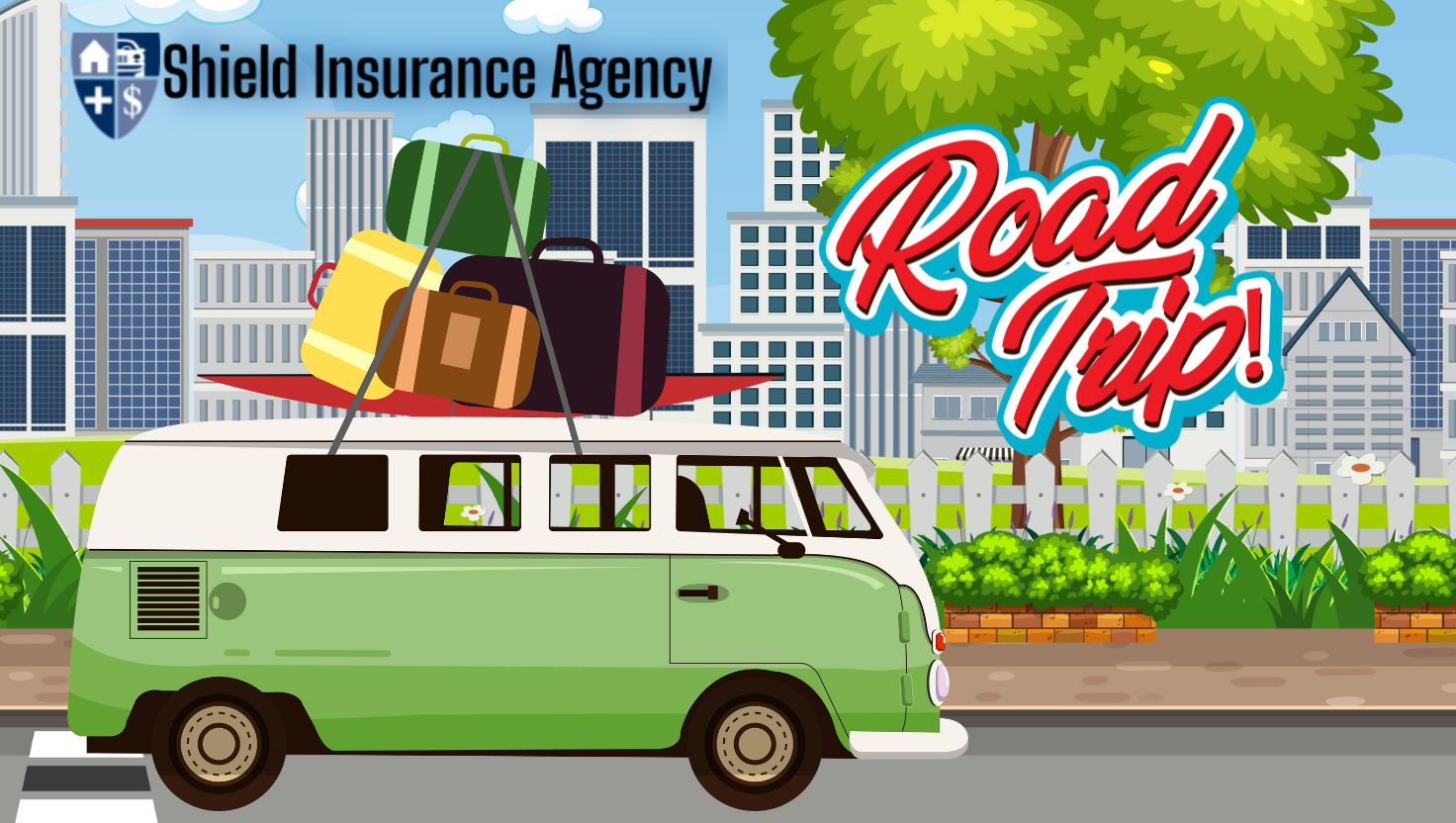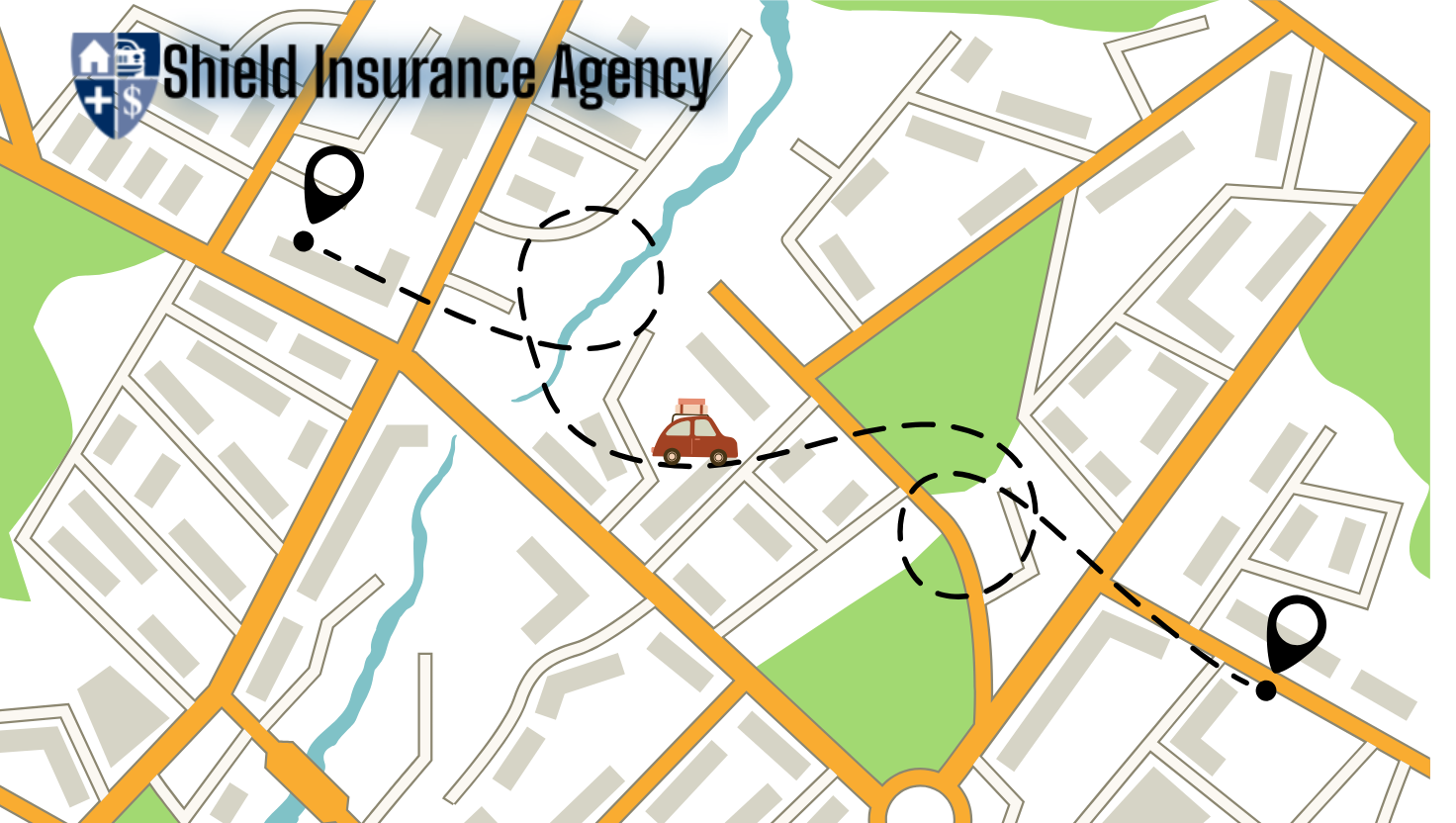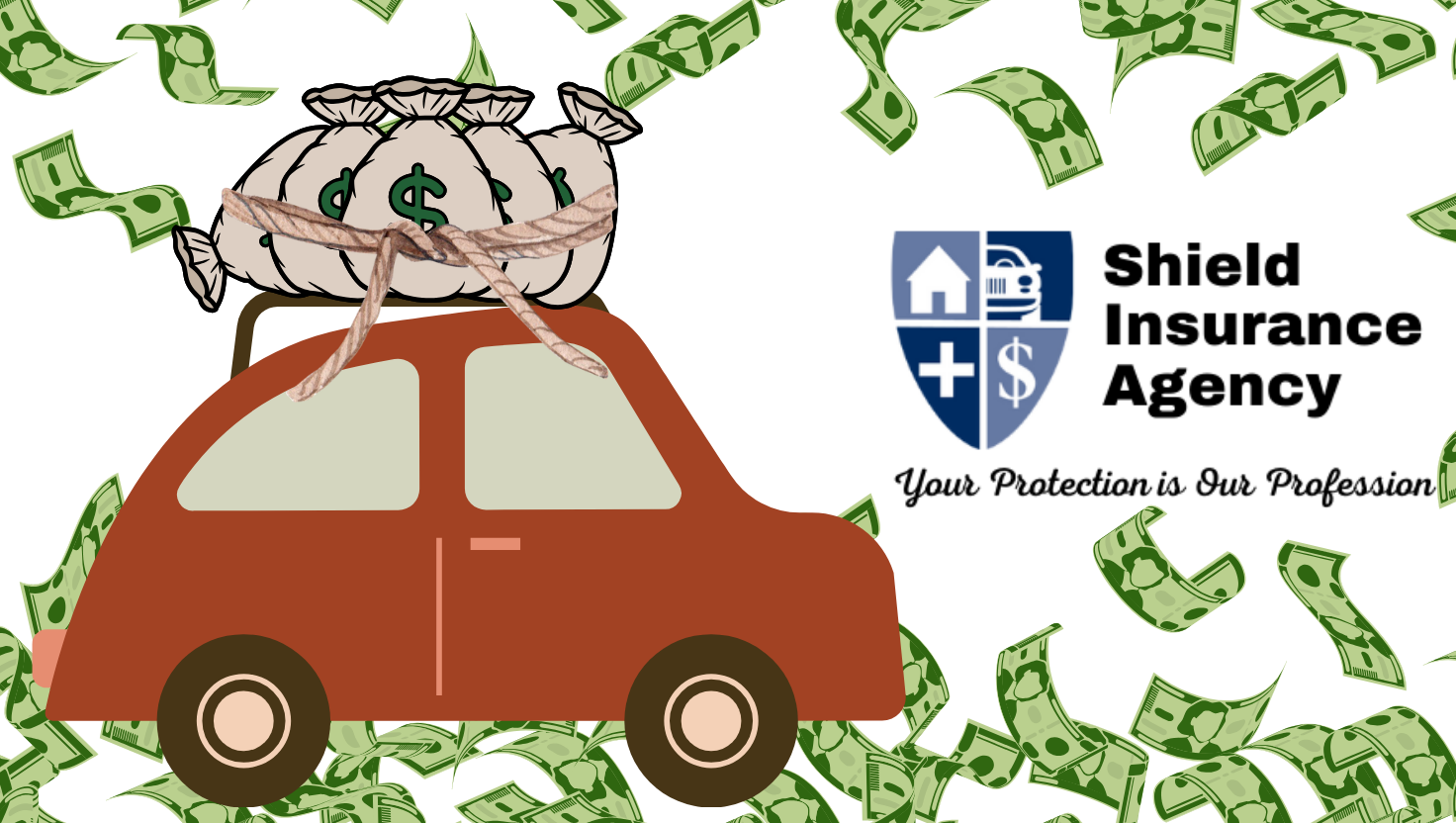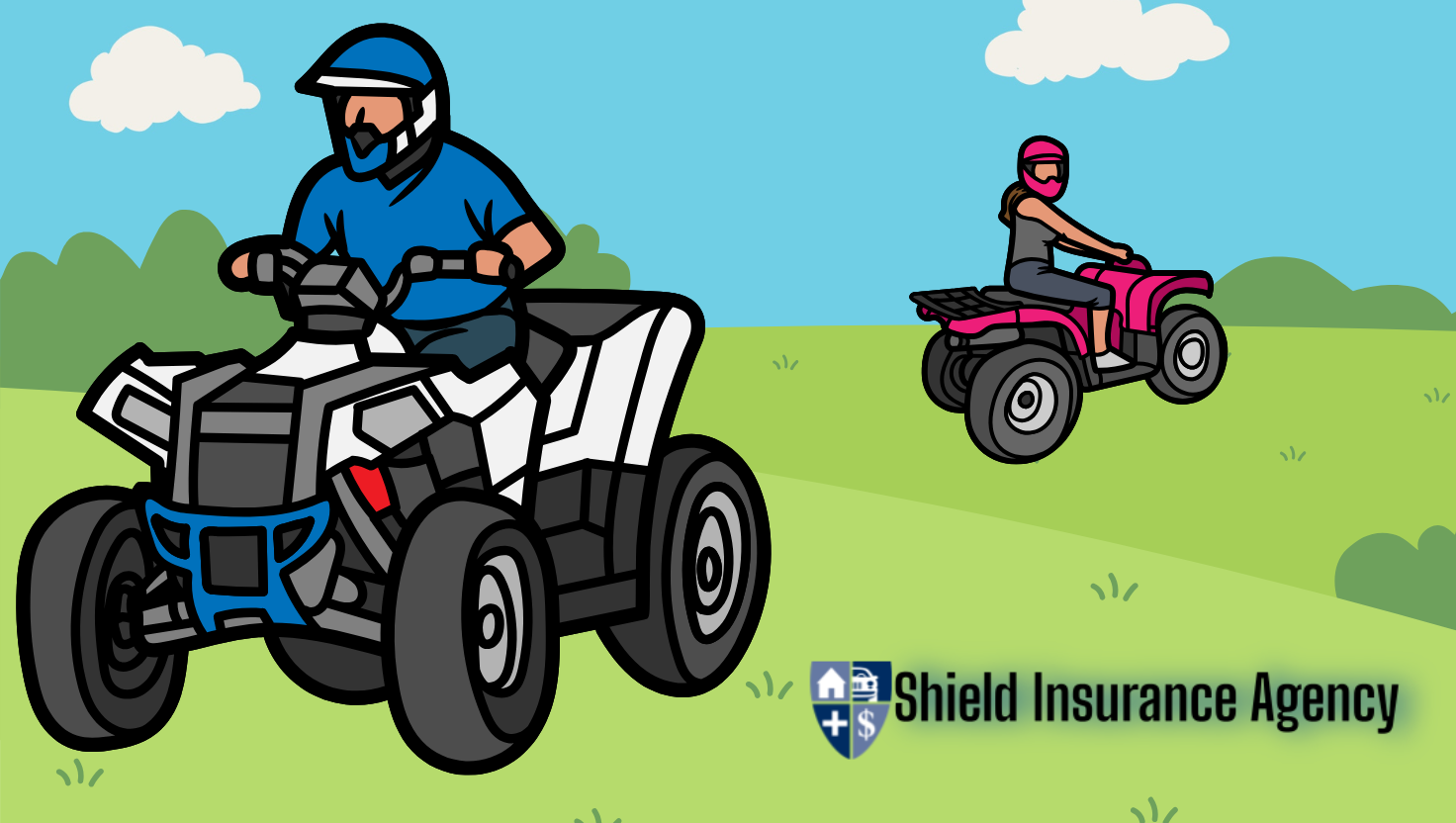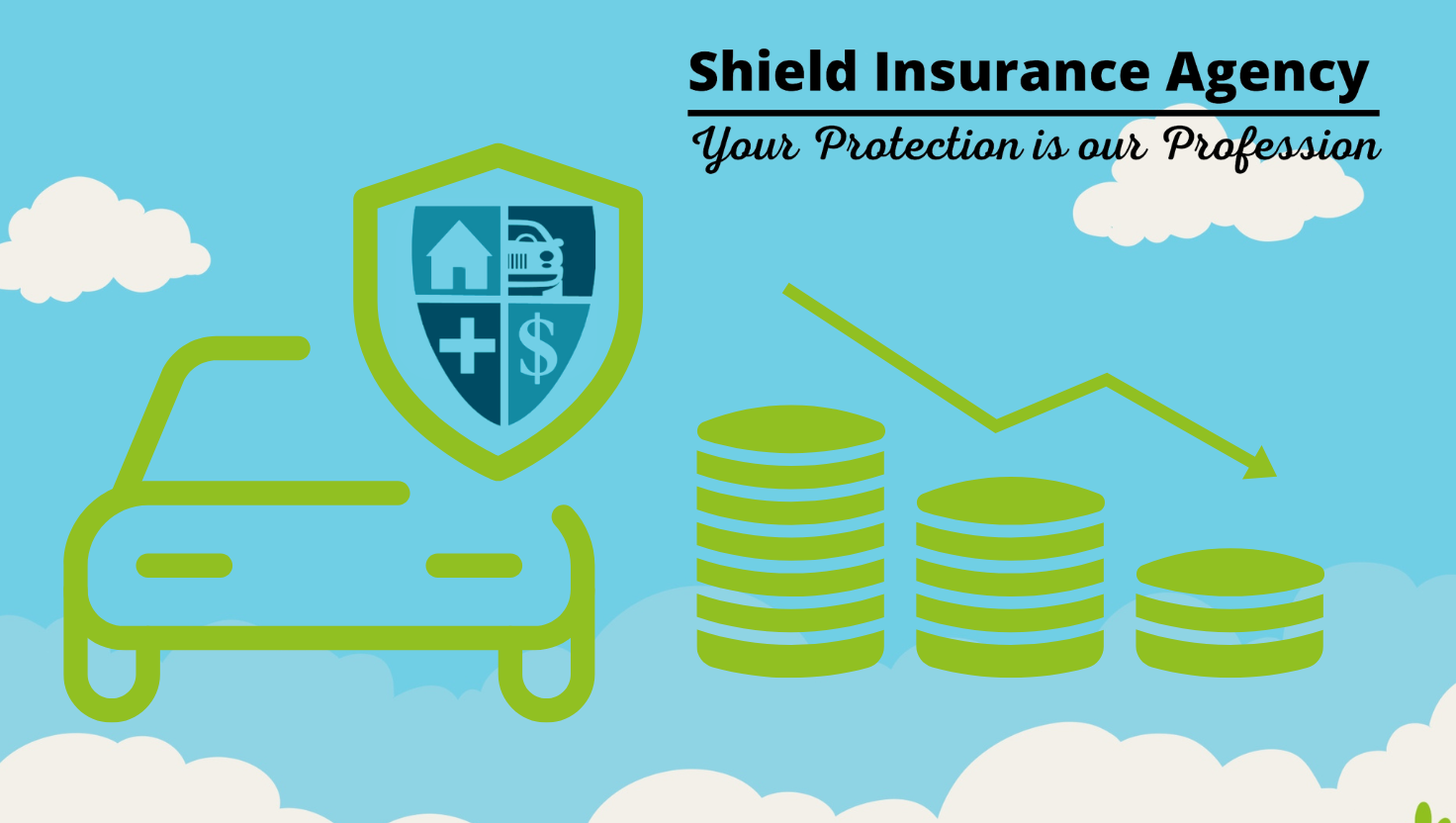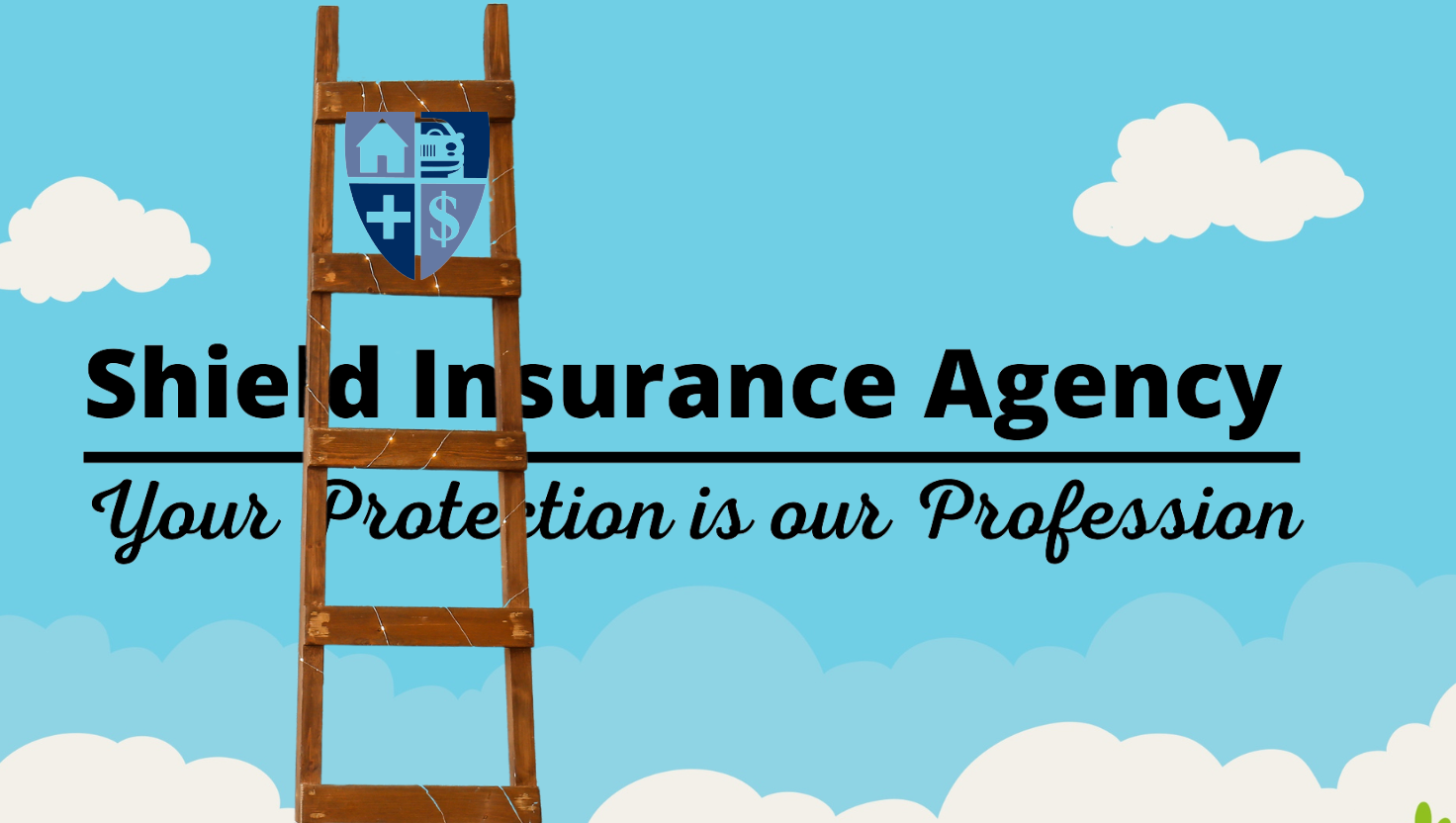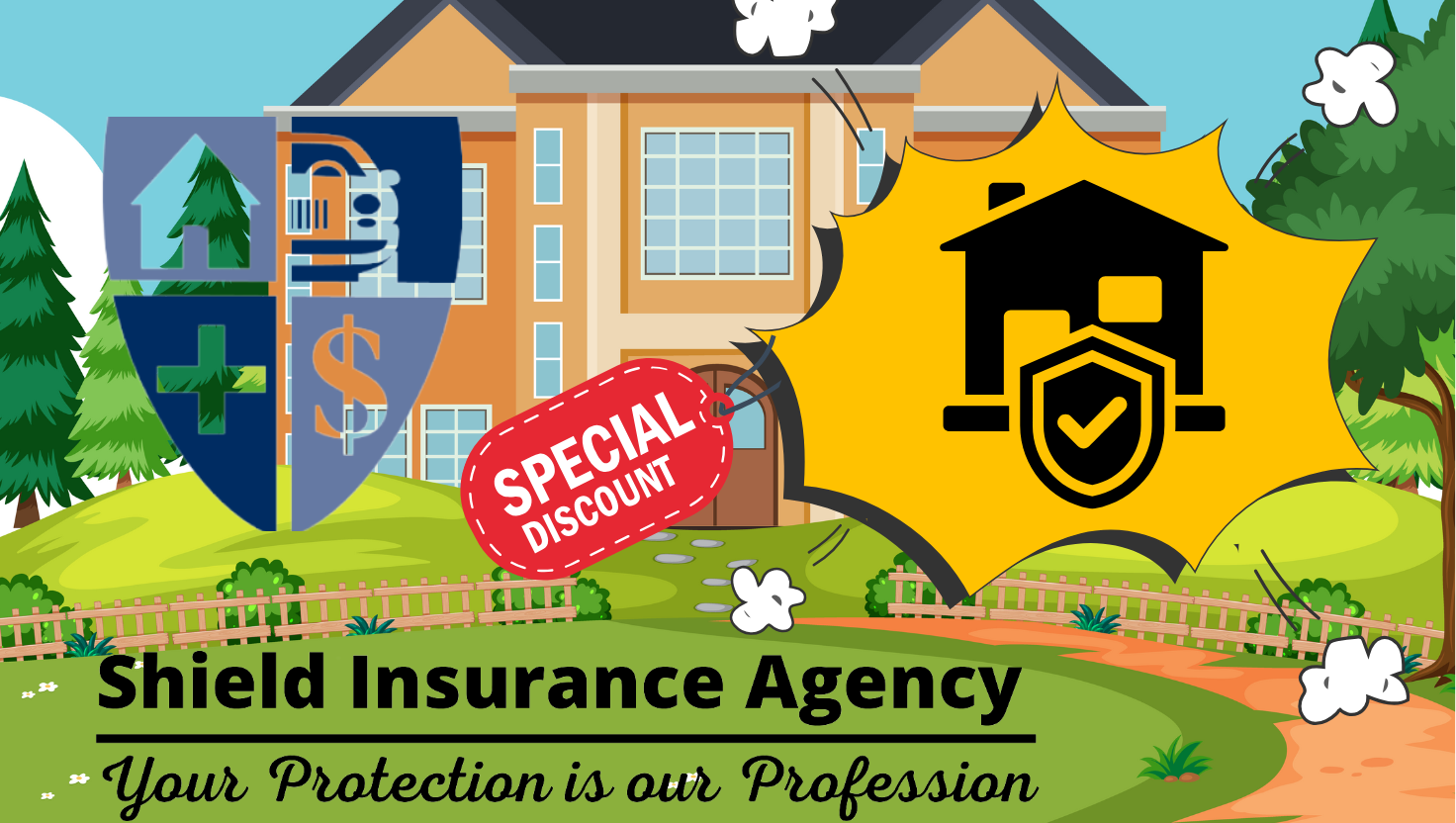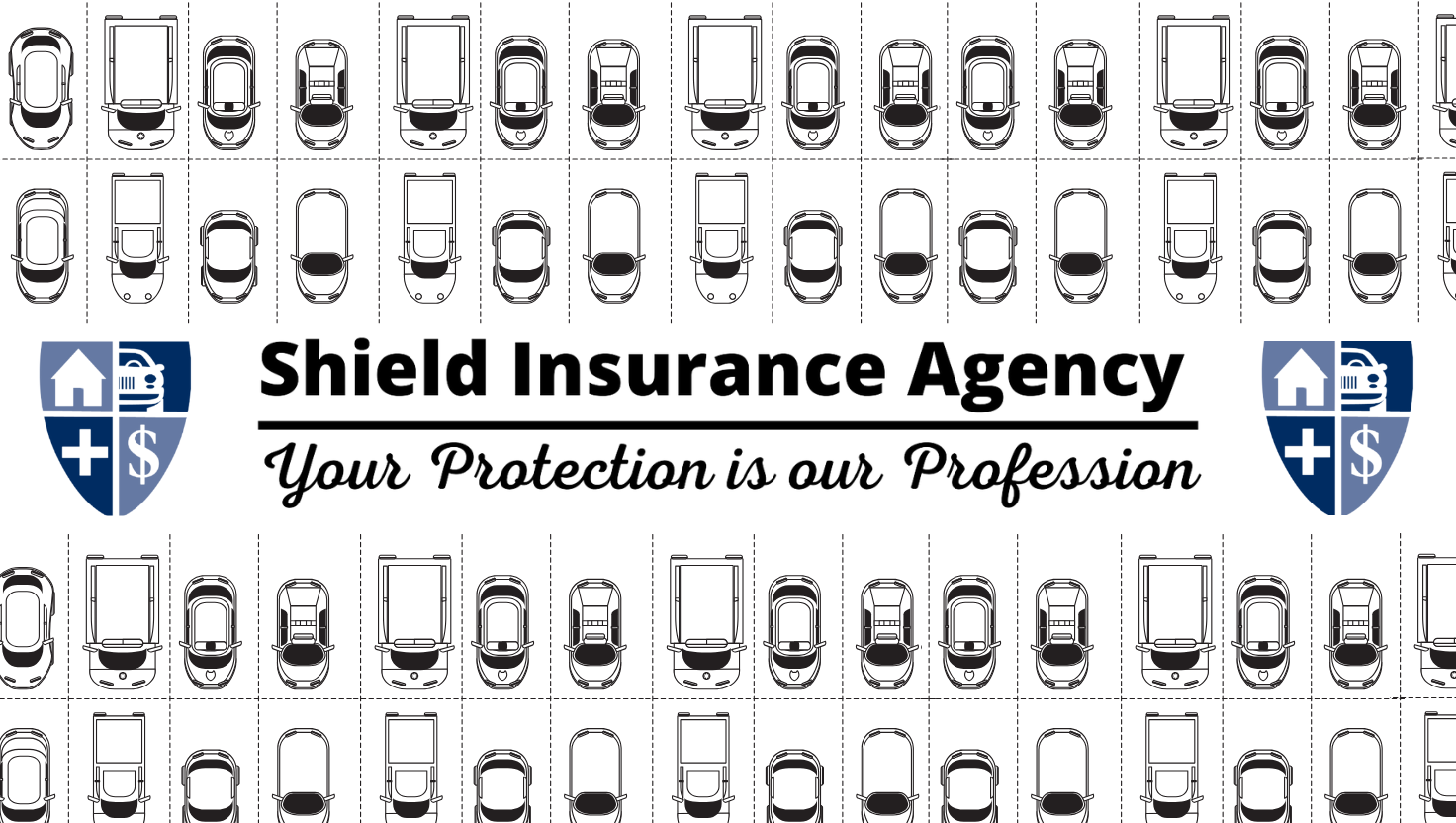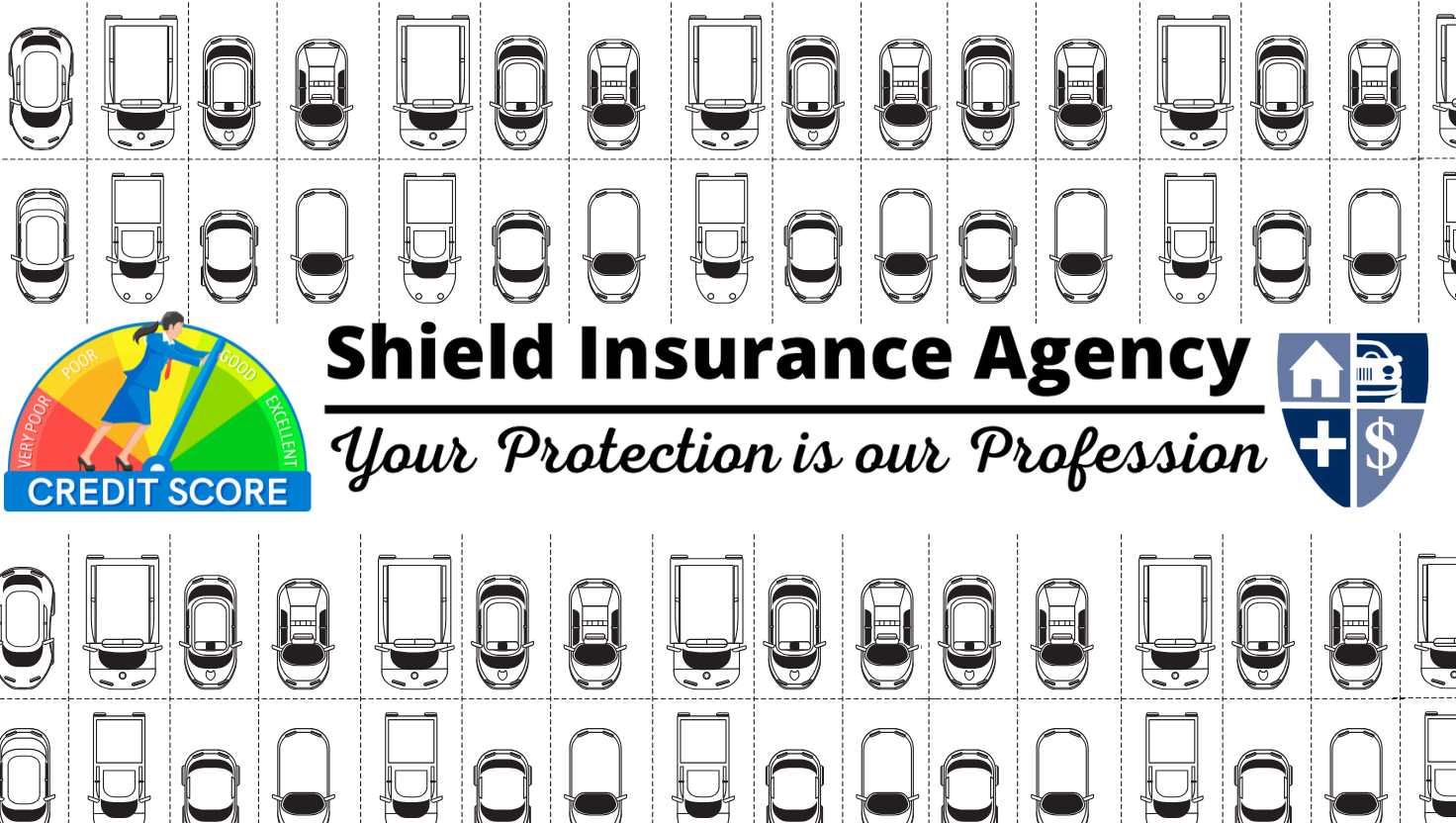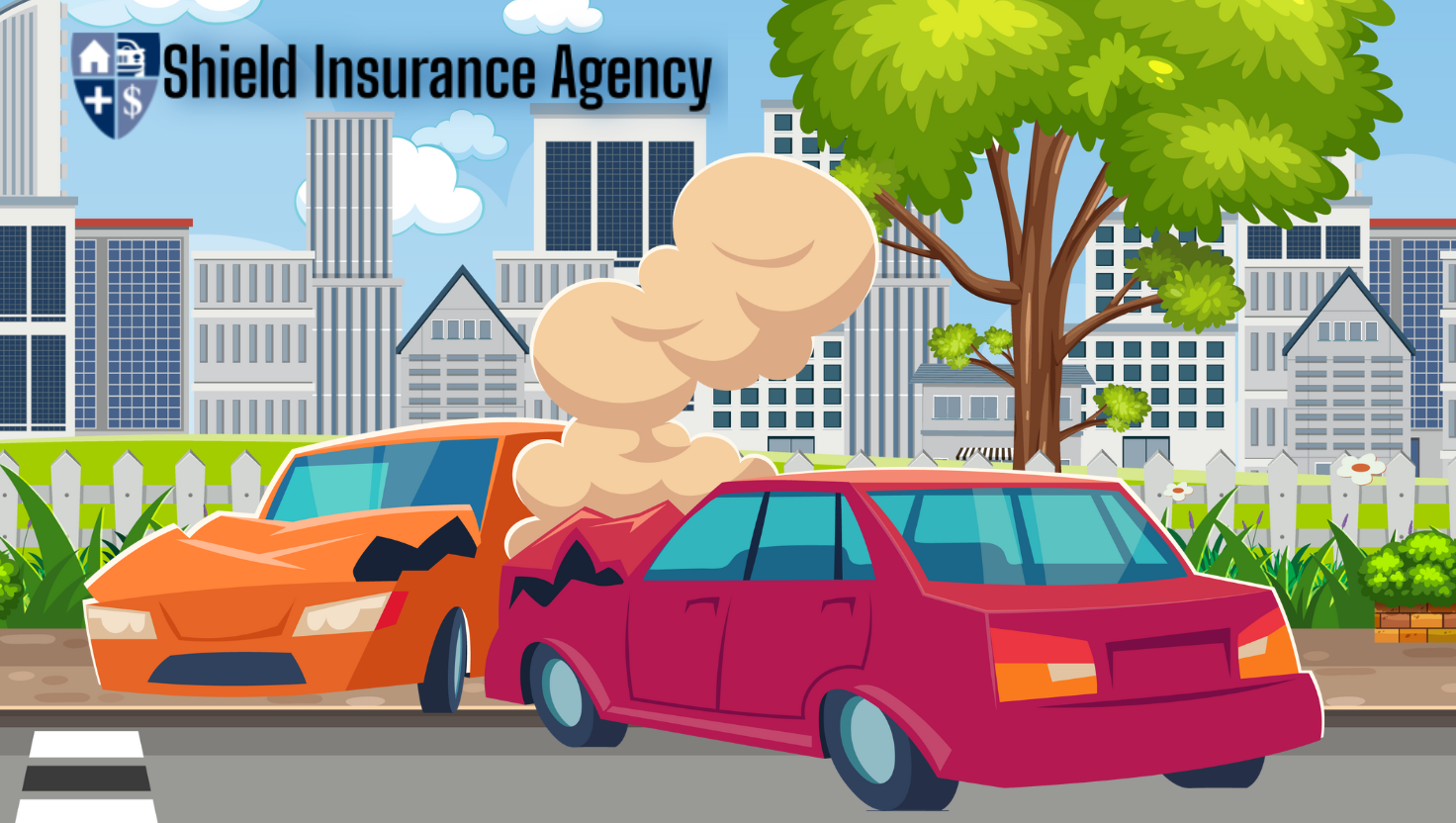
In a car accident or broke down? Helpful tips
Helpful tips if you are in a car accident or a breakdown.
No one expects to get into a car accident. Although you can work to prevent and prepare for one, the sudden jolt may leave you shocked and stressed, and unsure of what to do next. While you try to wrap your head around what just happened, it’s easy to forget vital actions that can aid your physical and financial recovery.
Just remember to be SAFE—both literally and by following our acronym:
- S – Safety first
- A – Alert authorities
- F – Fact collection
- E – Exchange information
Safety first
The No. 1 priority after a car accident is the safety of yourself and others. Immediately after the accident, be sure you:
- Turn on your hazard lights.
- If possible, pull your car over to a safe place. If not, stay inside with your seatbelt on.
- Check the safety of others and provide assistance to anyone with an injury.
- Don’t move an injured person. This can cause additional damage and should be avoided unless the person’s safety is at risk.
Alert authorities
Even if it’s a minor fender bender that you think you can settle among yourselves, it’s still important (and in some states, the law) to call the authorities no matter how small the accident is.
- Call 911 or the local police station.
- Avoid saying “I’m sorry.” Even if you feel guilty, don’t admit fault—especially when talking to the police. You may find out later that the other driver was actually to blame or that you share the blame.
- Even if you don’t show visible injuries, it’s recommended to call for medical help or at least visit the emergency room or your doctor after you leave the area.
- Be sure to file an accident report, even if police don’t come to the crash site. Depending on the state’s laws and the severity of the accident, police may not be dispatched. Filing a report puts the accident on the books and can help speed up the claim process.
Fact collection
After an accident, you may feel a whirlwind of emotions. Stay calm, and immediately document the accident as you experienced it.
- Take pictures of your car, any other cars involved and the surrounding area.
- Take notes on what happened before, during and after the accident. Include details about the location, weather, road conditions and traffic control.
- Write down the names of any law enforcement officials or witnesses who are at the scene.
Exchange information
Swapping information is essential to work through any sort of claim or legal process that could result from a car accident. Be sure to exchange:
- Names
- Addresses
- Phone numbers
- License plate numbers
- Driver’s license numbers
- Insurance providers
- Policy numbers
What to do once you arrive home
Unfortunately, even after you have SAFE-ly left the accident, there are still a few matters to take care of, such as filing a claim. You’ll want to report your claim ASAP. The sooner you file a claim, the sooner your insurance provider can start working on it—and the sooner you can get your life back together.
Note: This article contains helpful tips for any driver involved in an auto accident. Policyholders may choose to follow this advice or not without it affecting their auto coverage.




